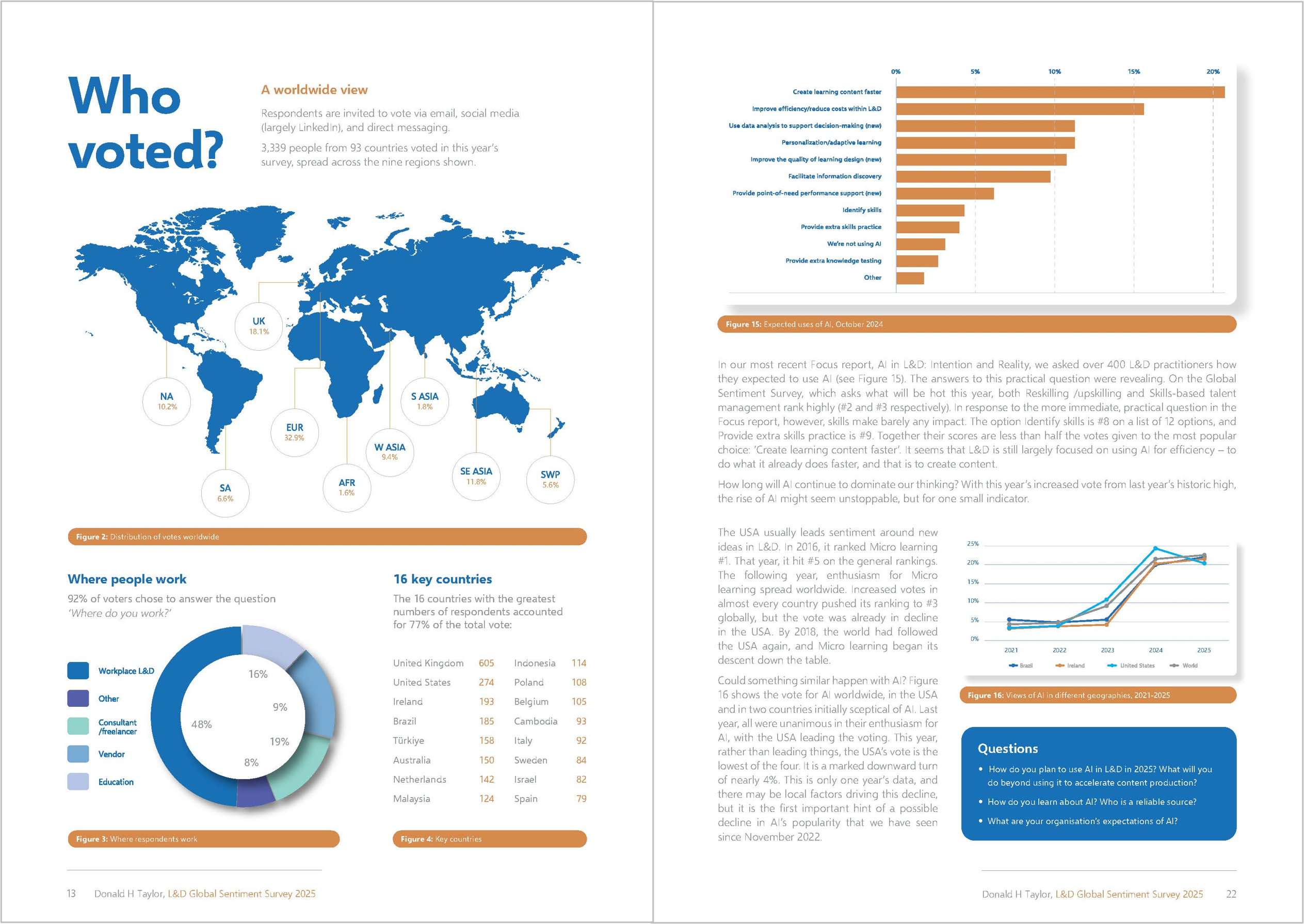Talent Management and Learning and Development

Last week I keynoted at a conference arranged by Stephen Citron of Informatology. The audience was largely workplace learning and development professionals, and the chair was Andrew Mayo, recently voted one of the top 10 HR thinkers on Human Resources’ Magazine’s annual poll.
I was there to talk about the intersection of two worlds: Talent Management and Learning and Development, and I thought it was about time for another airing of my definition of how Talent Management is all about ensuring organisations deliver on their strategies. Talent Management is about:
making capability match commitments.
Okay, that should be Making (human) capability match commitments, but as around 80% of organisational value is now intangible and that value is almost all driven by its human capital component, I feel justified in dropping the ‘human’. And it reads better, too.
How far do Learning and Development (L&D) and Talent Mangement (TM) intersect?
Where you come from alters your perception of what TM is. Recruiters (and those selling recruitment software) see talent acquisition and remuneration as key. HR specialists (and those selling HR software) tend to focus on workforce planning and assessment.
And the trainers, well of course for them TM is all about development.
In truth everyone’s right – Talent Management involves all these aspects. It also involves some strategic planning and interaction with the rest of the business which nobody ever talks about, and this is where I believe that the Learning and Development function can take a lead.
Here’s what I mean.
Just focusing on the L&D parts of TM, I believe there are three parts to it:
- Understand what your workforce can and should do
- Deploy it better today
- Develop it to do more tomorrow
At present, L&D is – of course – focused on the third of these steps (although as Jay Cross and Charles Jennings have shown, L&D is by no means responsible for all organisational development). L&D is only involved in the second step when deployment is part of a development plan, which is how it should be, and yet in my experience (2) is where operations get involved in driving TM.
If you can help get the right people to the right job faster, you begin projects sooner, and finish them with fewer mistakes – in short, you deliver on your organisational goals. You ‘make capability match commitments’.
But you can only fulfil (2) if you’ve done (1). And this is the whole point. Who is doing (1) at the moment? Who is best placed to do it? Not the line managers. Operational line managers understand the benefit of stage (2) but have a job to do. Who is best placed to do (1)?
Well, who best understands the language of skills, and how capability matches to job roles? Who spans the organisation in a way that individual operational managers don’t? It ought to be L&D, and if it isn’t, then maybe L&D is in the wrong job.
The good part of this is that (1) is also essential to all the other parts of TM – recruitment, workforce planning etc.
The bad part of it is that it’s a challenge. A big challenge. I hope that L&D is up to it, because if they don’t do it, I can see a lot of re-inventing of the wheel happening as a whole bunch of people new to the game start to work out just what a a competency framework is, and how a job role works.


